An Unforgettable Baja California Adventure (+ Why This is the Only Cruise I’ve Taken)
This is my full review of UnCruise in Baja California – a small ship adventure cruise in a remote area that’s designed around positive local impact. Read on for everything you need to know: Highlights, pre-trip plans, the food, the dress code, a day-by-day itinerary, and what makes UnCruise a much more sustainable Mexico cruise option. (Disclosure: This trip was sponsored by UnCruise, a sustainable travel company that I’m proud to work with.)
I recently said goodbye to Baja California, where I went on my first “cruise,” and I hate to admit it, but I think I’m spoiled for life.
I’m putting “cruise” in quotes because every time I’ve told someone about the trip, their response has been the same: “That doesn’t sound like a cruise.”
They’re right. It was something else entirely.
You could almost think of it as an eco-cruise: 66 passengers. Remote wilderness. Fresh seafood and local, organic produce. No cell phone service or Wi-Fi (a vacation in itself). Beaches without another tourist anywhere to be seen. A female ship’s captain (almost unheard of in the cruise industry) making plans one day at a time, based on the weather and the movement of wildlife. Expert guides and a fairly paid crew who all seemed genuinely happy to be there. That was the vibe on my Baja California UnCruise.
I felt like I’d actually discovered a new way to travel.
DISCOUNT: I’m excited to say that UnCruise has offered a discount to share with you! Use the code TILTED500 during booking to save $500 per person on your UnCruise trip! (It works whether you book online, over the phone, or by email. If you have any issues, please get in touch and let me know so I can make it right.)
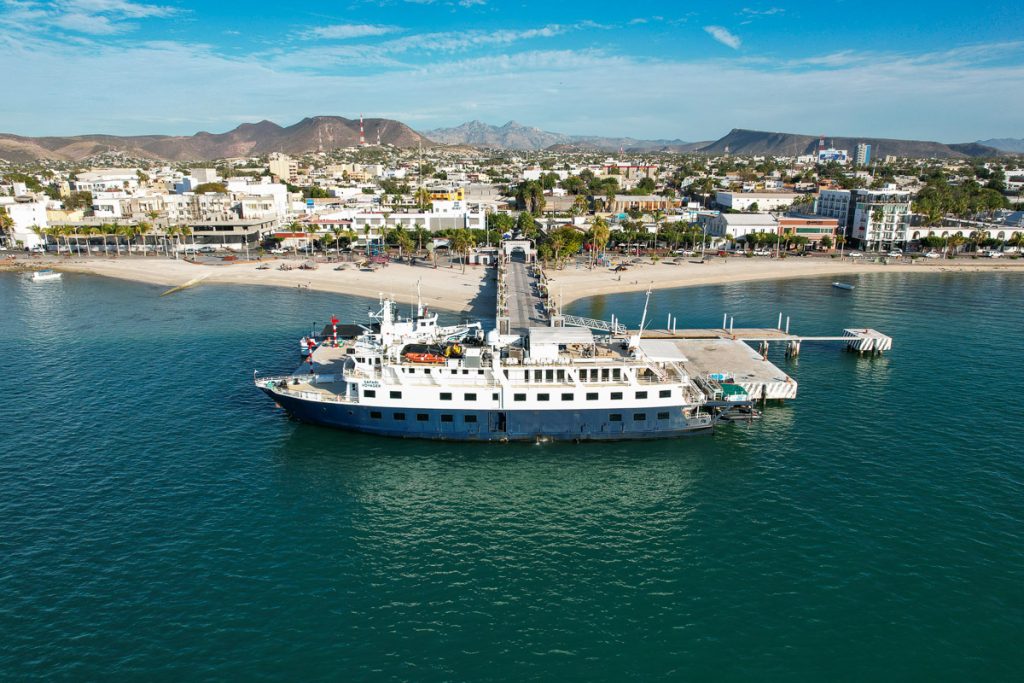
And I spent the week meeting other travelers who were on their second, third, fourth or fifth trips with UnCruise, and still coming back for more. (About half of the guests were repeat UnCruisers.)
By the end, I understood why: You go to bed satisfied at the end of the day. Exhausted from activities that brought rushes of adrenaline and pure joy. Well-fed and nourished with delicious food (and craft cocktails). Mentally stimulated by one of the guides’ evening mini-lectures on native cultures, geology, or marine biology. And feeling like you’re traveling with new friends who you actually have time to get to know.
If you want a super short summary of what defines an UnCruise, that was it. For all the details of my Baja UnCruise experience, read on.
Table of contents
UnCruise Review Quickie: Pros & Cons
This is just to whet your palate before we dive into the full Baja itinerary – a few things that surprised me about UnCruise, or just really made an impression.
It’s up to interpretation whether each of these is a pro or a con! So I’ll tell you where they land for me. Let me know if you agree or not.
Pro: Detaching from Wi-fi.
As someone with the nasty habit of waking up and checking my phone while still in bed, having no cell service or wi-fi on board the Safari Voyager in Baja was just… liberating. It even made the next point a little bit easier, because my brain had less “to do” in the mornings.
Con: Mornings start early.
This is automatically a con for me (don’t try to talk to me before 10 am), but I tried to look at is an opportunity. “Early riser breakfast” on UnCruise – at least in Baja – is at 6:30 am. Normal breakfast? Either 7 or 7:30, depending on activities for the day. I eventually accepted that it was worth the effort for the famous, spectacular Gulf of California sunrises, but it wasn’t easy.
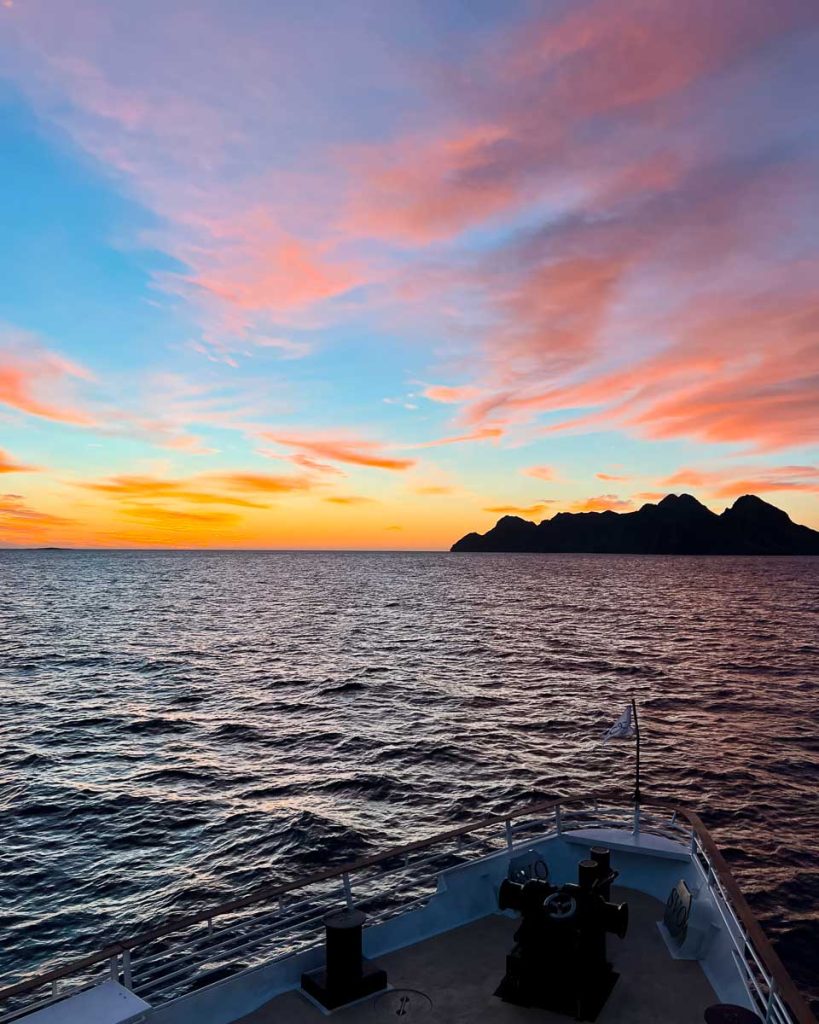
Pro: Lots of time off the ship, to choose your own adventure(s) without lifting a finger.
Every day on UnCruise has a morning and afternoon activity slot, and lots of options to fill each slot. This would make it a great vacation for mixed groups (grandparents and teenagers, friend groups). One person could go kayaking, while another takes a hike, and you… relax on the beach and read a book? You always have the option for a couple of hours apart, and you’ll always come back together at meal times. (See my final point.)
Con: Diesel fumes.
You hardly ever smell them, but when you do… yeah, they’re stinky. However, they’re still much better than what you’d smell on the mega cruise ships, which burn a much dirtier, more polluting kind of fuel.
[See the section below on UnCruise sustainability for more on this. For comparison, check out my full article about why big cruise ships are bad for the environment.]
Pro: Very social!
Rather unavoidably so, in fact. With a max capacity of 66 guests on board UnCruise’s Safari Voyager, you can kind of get to know everyone. Everyone eats meals at the same time, in the same dining room, at communal tables – so you can’t hide. This is great if you love chatting up new friends! But it could be work for introverts.

Safari Voyager Ship’s Log: UnCruise in Baja California
Personally, I like to prepare for a trip in the sense of vaguely knowing what I’m getting myself into – but not too much. I like to leave some sense of mystery, and unravel the details while I’m traveling.
(And yes, that might be why I packed so badly, and so much, for this particular trip. If you’re in danger of doing the same, take a look at my UnCruise Baja California packing list!)
When John Steinbeck visited this exact part of Baja California Sur, the literary result was The Log from The Sea of Cortez. I read half of it and – with all due respect to Of Mice and Men – found it overwhelmingly slow and dry. (But I might appreciate it more after having actually visited the places he describes… in immense detail. I promise to give it another shot.)
And I promise to keep this ship’s log a little lighter.
If you share my less-is-more travel planning vibe, feel free to skip over this part (sustainability and trip planning info are below). If you want a day-by-day review of one UnCruise adventure in Baja California, read on.
(Remember – this is a log of one trip, NOT an itinerary that will be followed to the T. Flexibility is Plan A, B, and C on UnCruise, as plans change due to weather, animal movements, and avoiding other tourists.)
Day 1 on UnCruise – All Aboard!
Day 1 begins in San Jose del Cabo, the town at the southern tip of Baja California, and home to the main airport.
Guests arrive at the meet-up point – a beach-front resort (more about that below). And by mid-afternoon, we all boarded (very nice) busses for the 2-hour drive up the Pacific coast and across the Baja peninsula to La Paz, on the interior Sea of Cortez. (Also known as the Gulf of California, which is a nice way to avoid giving too much credit to the conquistador Hernan Cortez.)
Sustainability / Logistics Note: La Paz also has a small airport for domestic flights within Mexico. But UnCruise has everyone fly in and out of SJD airport, because it’s the local hub. Meaning: More direct flights from more places, and lower emissions.
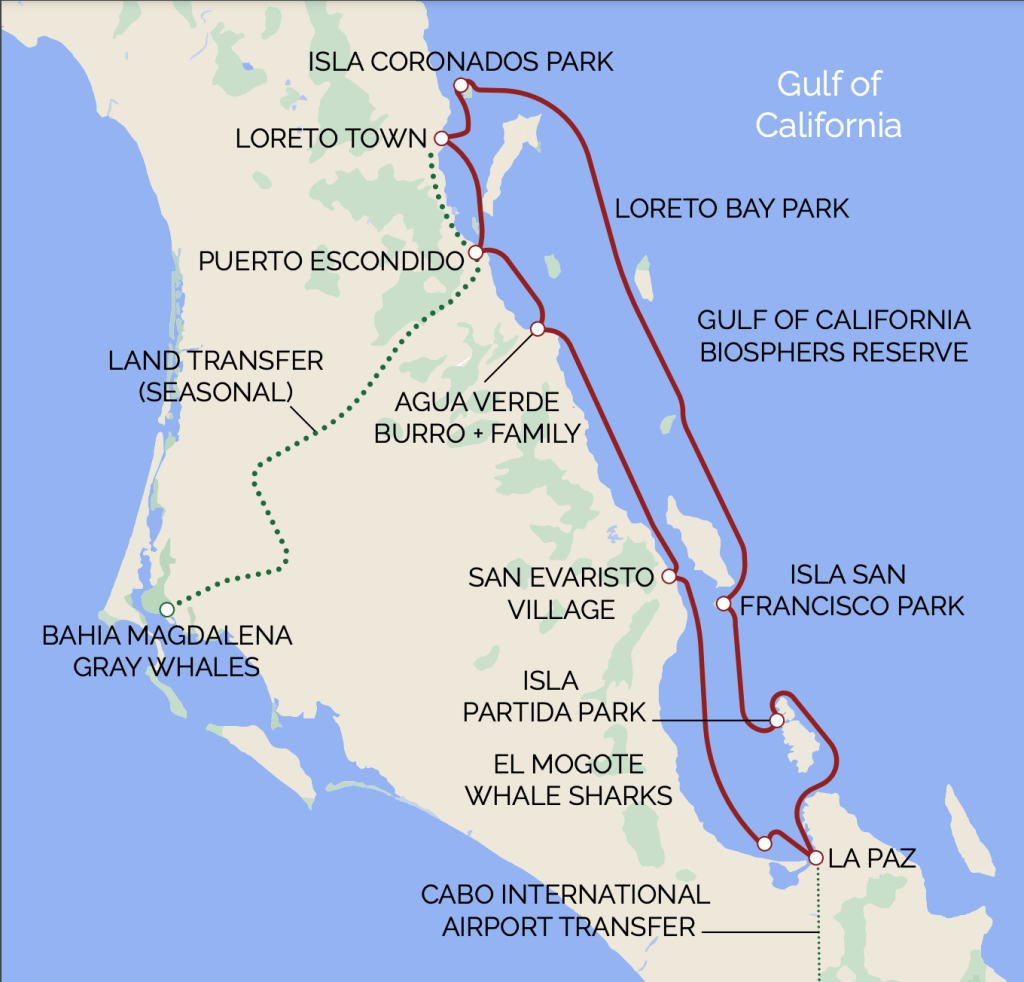
During the bus ride, we kept our eyes on the winter sunset over the Pacific, where the UnCruise guides were pointing out whales spouting, and handing out snacks and local beers.
When we arrived in La Paz, we got settled into our cabins on the Safari Voyager (where our luggage was already waiting for us), and headed straight to the lounge for the Champagne Safety Drill. (As always, it was an open bar; you could have whatever you want. I just like calling it that. Backup name: Abandon Ship Cocktail Hour…?)
Whatever you call it, my enthusiasm was hard to contain. We went through the entire process of what to do in an emergency, how to use our life jackets, and where to meet. I could see it being a comfort to anyone feeling nervous about heading out to sea.
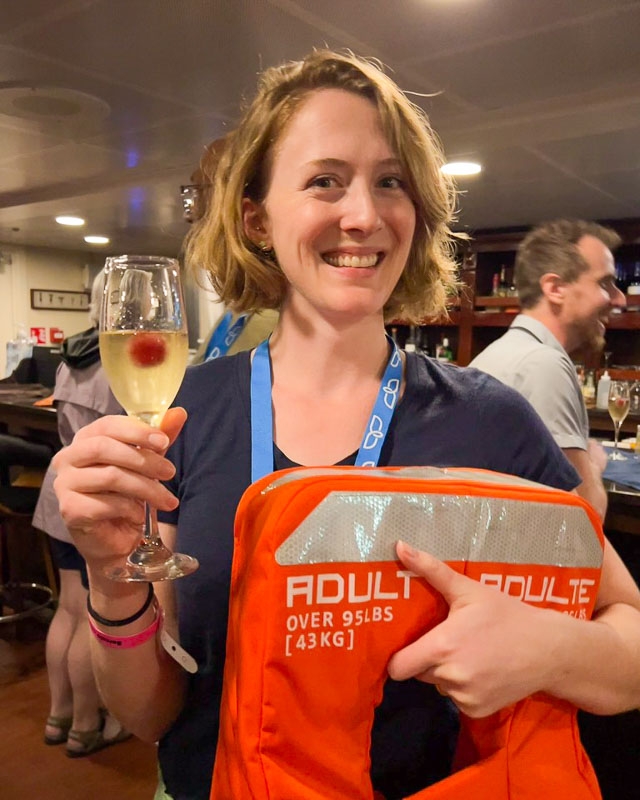

Day 2 – Vacation Orientation
Day 2 began with a light, early breakfast (remember: 6:30 am) before meeting our UnCruise guides, and rest of the team that makes the adventures happen.
They were a really impressive lot, with diverse expertise, and many years of guiding. One guide was a marine biologist. Another was an expert in the native cultures of Baja California. The lead guide was an expert on sustainable tourism. And one was also a ship’s captain, who’d sailed solo from Mexico to Hawaii without using modern instruments. I felt like I was in good hands for any question I could come up with.
They ran through what we should expect on the trip – multiple activity options every day – and a few rules that I was happy to hear. For example: UnCruise has a “no collecting policy.” This is one of the “Leave No Trace” rules that you hear in national parks, for example: Don’t take shells and other things home with you. They’re part of the ecosystem, and other creatures will use them.
Sustainability Note: That Leave No Trace policy is the kind of detail most travel companies (let alone cruise companies) don’t even bother to think of, let alone explain. It was one of the first, small examples of UnCruise’s attention to detail and sustainability.
After the housekeeping, we had a dry-run to get fitted into our wet suits and snorkel gear that we’d use for the rest of the week. (No sharing – you find what fits and keep it, which was great.)
Then it was brunch time. (Cinnamon rolls, veggie frittatas, mountains of bacon, Bloody Mary’s. Choose your own adventure!)
And we spent the afternoon blissfully snorkeling around an island bay that didn’t have a single other tourist (or anyone at all).
When I got out of the water, one of the guides was preparing for a little hike up a hill, so I hopped on that too. Other options on offer: Kayaking, stand-up paddle boarding, chilling on the beach with beer in hand. It was hard to make a bad choice.

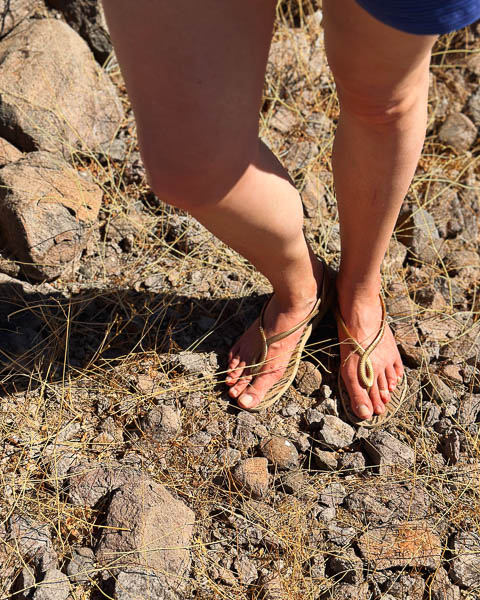

These were not the right shoes for our afternoon hike, but it was short, I went slowly, and the views were 100% worth the effort. (On the right: Scoping out the only other boat in the area.)
Day 3 – Snorkeling with Sea Lions
This was the day that before noon I had proudly proclaimed to be THE BEST DAY OF MY LIFE.
Snorkeling with teenage sea lions at their colony on Los Islotes, off the north coast of Isla Partida, was one of the coolest vacation activities I’ve ever had the joy of doing. These babies are playful. They come right up to you, nuzzling their huge whiskers right in your face.
For a little taste, click play the Instagram reel below that I made about that morning:
The local guides UnCruise hires for this were careful to explain how to interact with the animals. (Let them approach you if they want to, but don’t approach them. No diving underwater.)
Anyone who didn’t want to get in the water had the option to stay dry and do a boat tour around the area – which still gave a fantastic look at the sea lion families.

When I came out of the water, I was full of joy but shivering like mad, so I was happy to spend the rest of the day melting in the sun… until the wind started to pick up in the late afternoon.
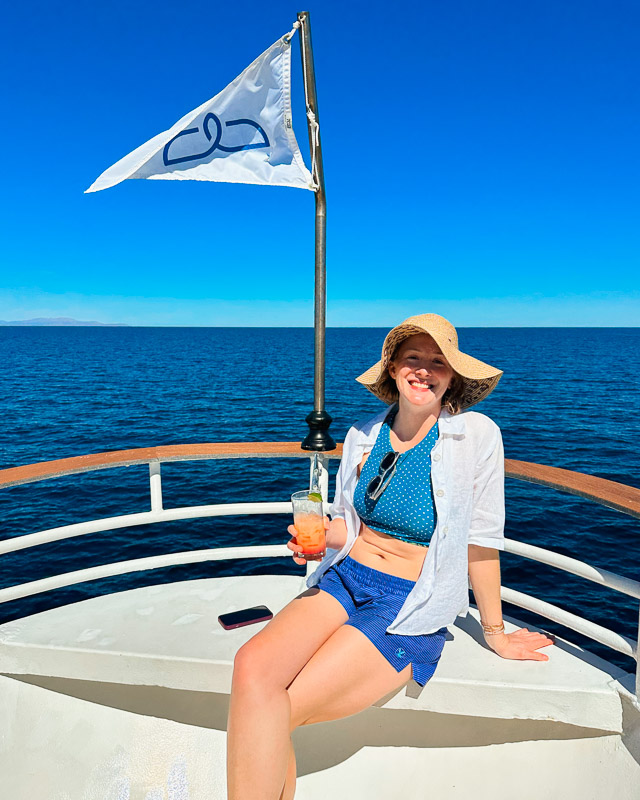
Day 4 – One word: Weather.
Options for this morning included a hike, a wildlife watching skiff tour, time relaxing on the beach, or a gentle walk through a salt flat.
I went for the hike. On the skiff ride toward the island, one of the guides, Nicole, dropped this analogy:
“This island of Espíritu Santo is like the American Southwest dipped in turquoise waters.”
I thought it was the perfect description.
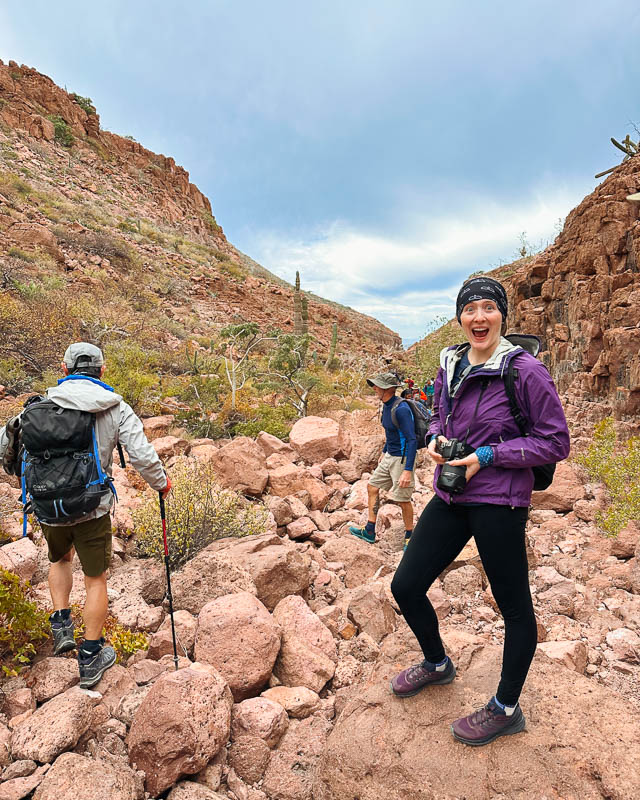

But by the afternoon, Mother Nature reminds us we were actually at sea.
The wind picked up, and we had to spend the afternoon in transit, just getting out of the storm. A lot of people got seasick, but I managed to tough it out by staying outside, where I could breathe fresh air, keep my eyes on the horizon, and chat with a few other hardy souls.
Going inside for dinner was a bit of a struggle, but Captain Andréa slowed down the ship and found slightly calmer waters for our meal. A lot of people still missed it, though, which was a shame because it was delicious.
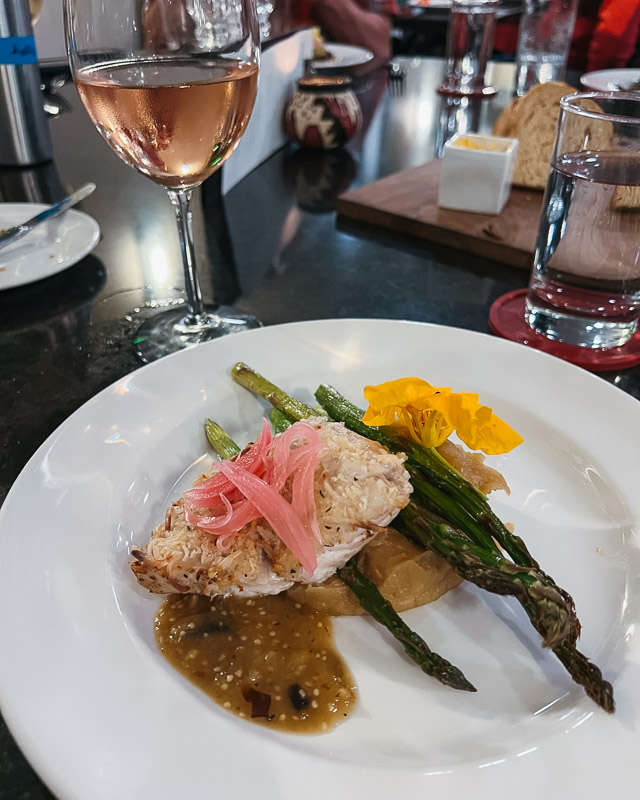

After dinner, I went straight to bed, and let the waves rock me to sleep – until they got so bad that the dehumidifier in our room started crashing around like R2D2. Once we wedged it in place, the rest of the night was just fine and we woke up to…
Day 5 – WHALES!
We woke up on Day 5 to flat seas, and morning light warming the giant cacti and jagged ravines in the mountains around Puerto Escondido. The views were heavenly. So was the calm.
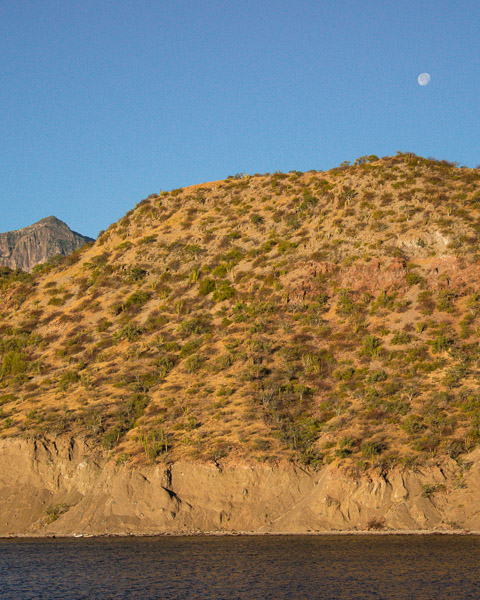


I was as taken by the texture of the cacti on the hillside as by the lone taxi waiting for a passenger.
And everyone on the Safari Voyager had one mission in mind: Gray whales.
We took a very scenic, two-hour bus ride through the La Giganta Mountains across the Baja peninsula to Puerto López Mateos to (hopefully) see them. You never know with wild animals, but luckily it worked out!
We boarded small boats with a local tour company, Aquendi Tours. (Again, it’s nice that UnCruise works with a local provider for this, instead of trying to do everything themselves. It helps spread the wealth and support small, local businesses.)



Day 6 – Adventures & Loreto
Day 6 brought another morning of adventure, and in the afternoon, we explored a town for the first time on this trip. And it was a good one – Loreto is famous being home to the first Spanish mission on the Baja California Peninsula, built in 1697.
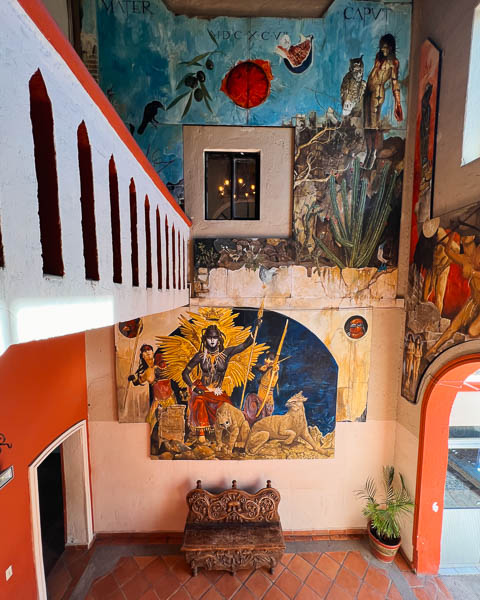
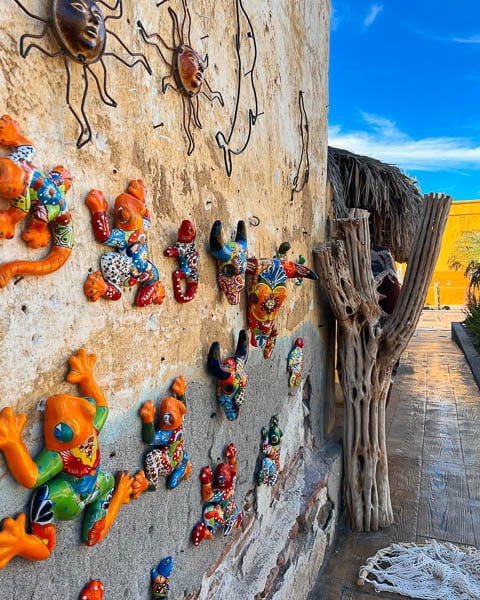
Loreto: A mural in the town hall shows the history of Baja, explained by a local guide on our tour. And the town gave us a rare chance for souvenir shopping. (Not the focus on UnCruise!)
We took a tour with guides, then had time to wander, shop, and explore Loreto before heading back to the ship for cocktails and dinner. (For a few more photos from Loreto, check out my post on Instagram.)
Day 7 – Kayaking & Playing Cowgirl
Our final full day was spent in Bahia Agua Verde, which is a virtual playground of outdoor beauty. There were four options for the day, with multiple times for each so everyone could do at least two:
- A desert “goat” hike (the term UnCruise uses for not-so-easy hikes that might involve some scrambling)
- Burro rides
- Guided kayaking
- Skiff tours for wildlife watching
- Hanging out on the beautiful beach
The burro (donkey) rides were something special here because of the local family that makes them happen. UnCruise has been working with the Romero family for years.
Dan Blanchard, UnCruise’s owner and CEO, was on this trip, and he told the story of how they started working together. Years ago, Dan and his wife were on a Baja road trip when their car broke down. Stranded in the desert, this ranchero family took them in, feeding and housing them for days. And they’ve stayed in touch ever since.
Now, during the UnCruise season, the Romeros round up their burros once a week (they live freely out on the desert ranch land) and bring them to this bay to meet up with the Safari Voyager and give a very unique tour. It’s a family business, and the Romeros only work with UnCruise.

They also sell homemade jewelry and small trinkets, so if you’re looking for a souvenir, this is the place to buy one. I bought a necklace made with local coral the Romeros collected from the beach.

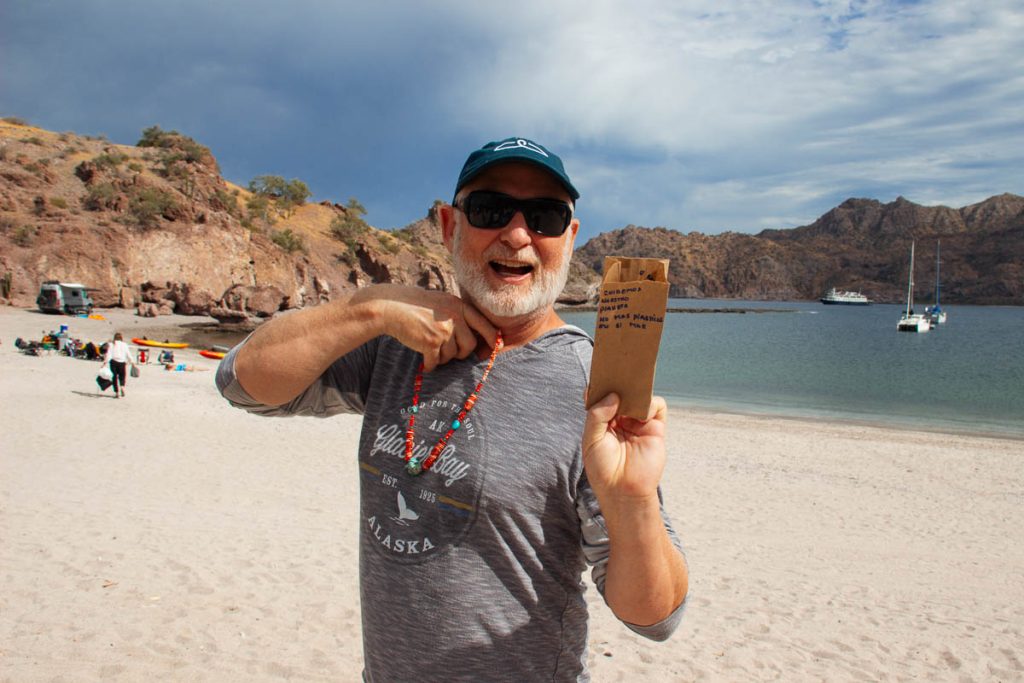
Day 8 – The End.
The end was bittersweet. I’m surprised it was sweet at all, but after seven UnCruise days, my vacation cup was fuller than it normally is after twice as much time. So while I considered taking up the life of stow-away, living on UnCruise in Baja forever, in the end, I decided it was okay to be done.
I felt satisfied. Fully adventured. I’d made new friends and eaten great food, and actually stopped thinking about my normal life for a whole week.
I didn’t even mind our extra-early breakfast, before saying goodbye to the Safari Voyager at 8 am in La Paz. Most people hopped onto UnCruise’s chartered busses, either straight to the airport for their flights home, or back to the town of San Jose del Cabo.
But I chose to stay and explore La Paz. I walked into town feeling like I was walking on a cloud, and watched the town just starting to wake up (lazy bums).

[Related: For a short, fun read, here’s a very different kind of ship’s log, from when I got stranded on a boat in Cambodia.]

Is this an “Eco-Friendly Cruise”?
In the beginning of this article, I called UnCruise’s Baja adventure trip an “eco-cruise” in Mexico. That’s a huge statement, if you know anything about the “eco-record” of the cruise industry in general. It’s not only unsustainable, it’s widely criminal and downright disgusting. (And I don’t mean morally disgusting; I mean literally, flushing thousands of toilets straight into the waters we swim in, disgusting. And that’s just one example.)
So, after interviewing multiple experts on the cruise industry for an article about cruise ships and sustainability, reading many books and articles on the topic, following local new sources on the criminal convictions of Carnival Corporation and many other cruise companies and, finally, interviewing UnCruise’s CEO and owner three times over the past three years, I can confidently say that I know what I’m talking about when I call any kind of cruise anything close to “sustainable.”
This section could go on for days, but I’ll just give you the main points below about what UnCruise does better for sustainability.
Closed-Loops & Shorter Cruise Routes
In one week, the Safari Voyager covered about 400 miles (640 km). That’s the distance a normal cruise ship covers in one day. (Big cruise ships just want to check off lots of destinations, so they dock at ports for a few hours and then go back to high gear, traveling hundreds of miles per day.)
That alone gives a trip with UnCruise a much smaller footprint. And it surprised me when Dan, UnCruise’s CEO, told me it was the most significant thing his company has done to be reduce emissions and be more sustainable. It’s something almost no one thinks about, compared with the topics below, like single-use plastics, sourcing organic food, or even paying fair wages.
And UnCruise has converted most of their itineraries into closed-loop cruises – meaning they start and end in the same port. This significantly reduces the extra flights that travelers book to get back to the city they flew into. (You might think people would look at the schedule and book an open-jaw flight, arriving and departing from different airports, but that often doesn’t happen.)
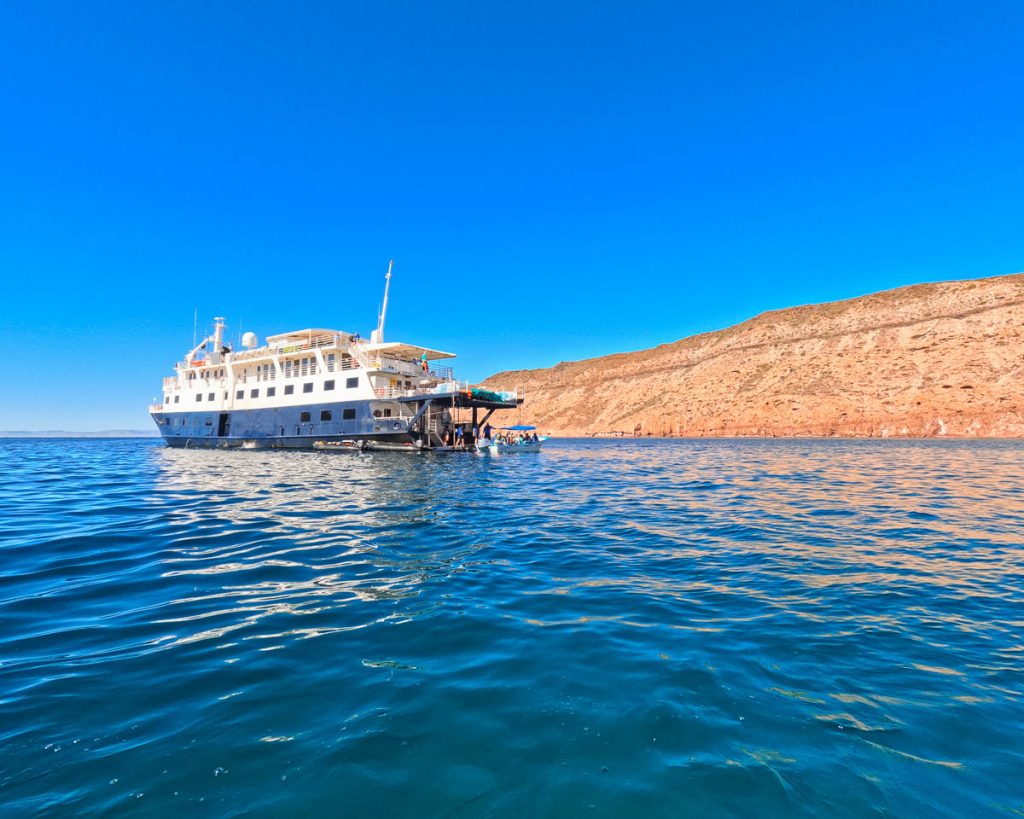
Good Jobs, Organic Food & Community
UnCruise sources as much food as possible locally. In Baja, that means produce comes from an organic family farm in La Paz, where the Baja cruise starts, and seafood is caught by local fishermen. They work directly with these providers, as well as with local guides and families, in long-term relationships that provide significant income. (See Day 7, the burro rides.)
Speaking of income, UnCruise pays all employees US wages – regardless of where they’re from, and regardless of where the ship they work on is flagged. For example, lots of crew members on our Baja UnCruise were from Costa Rica. During the off-season for this trip, UnCruise uses the same ship and crew for their Costa Rica trips. So many employees get to work in their home country for half the year, and earn a great salary year-around.
While many workers on big cruise ships are paid a few dollars a day, without a day off for months, UnCruise provides the kinds of jobs that change lives for employees and their families.
No plastics!
Just like me, UnCruise avoids single-use plastics like the plague. Each guest gets to borrow a metal water bottle for the duration of the trip, which you can fill up with filtered drinking water in the lounge. (I didn’t see a single plastic water bottle on the ship all week.)
[ Related: Here’s how I’ve avoided buying plastic water bottles – even when traveling in places where you can’t drink the tap water. ]
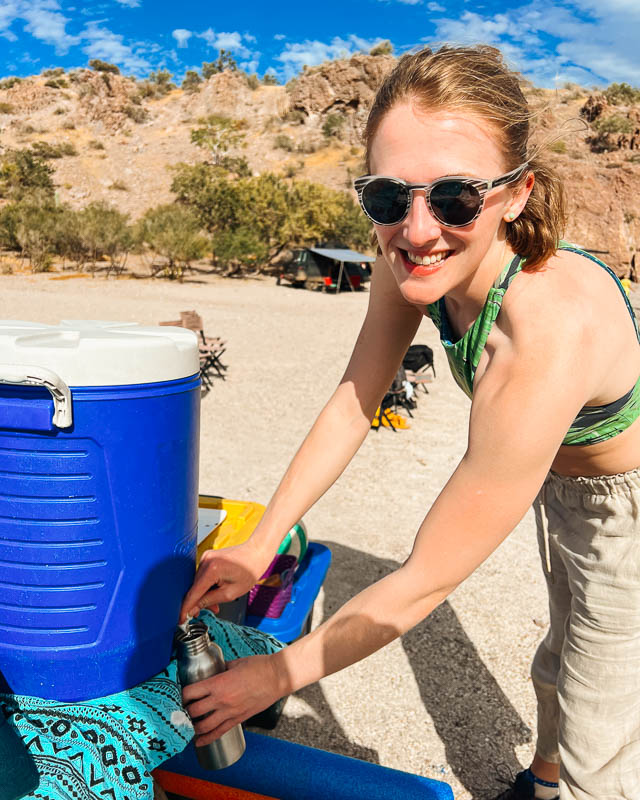
In our cabins, the toiletries were from a small Costa Rican business and delivered in bulk dispensers, instead of mini plastic bottles.
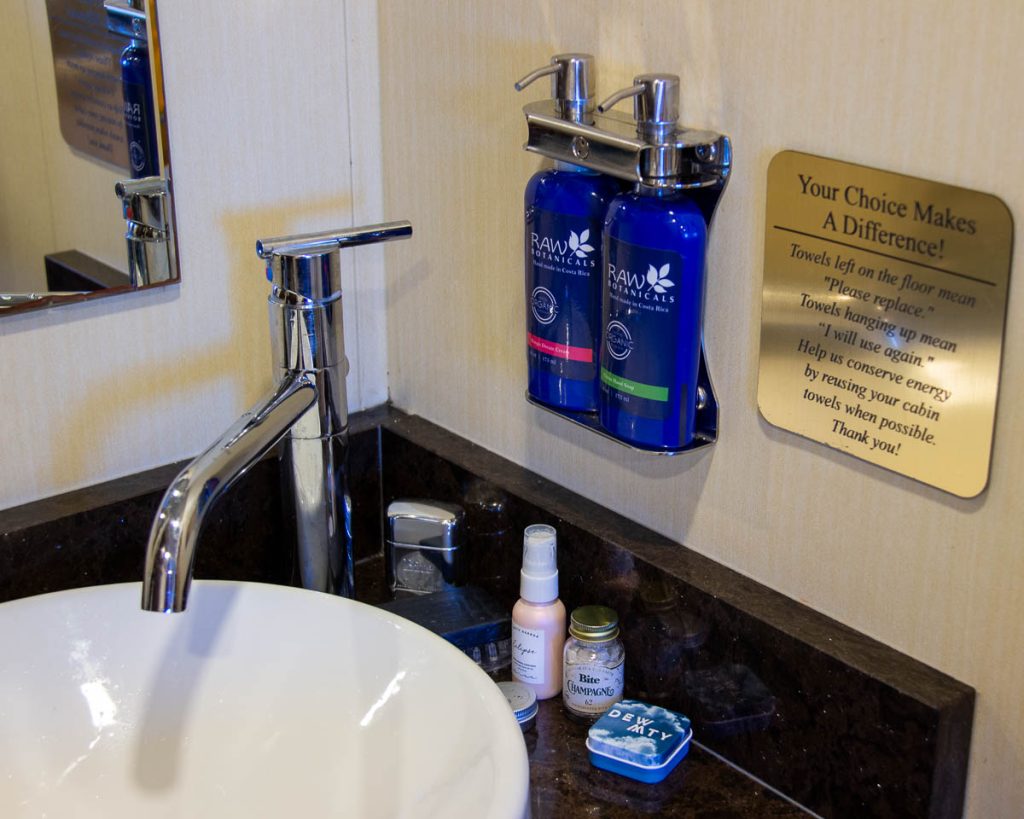
Better Sewage Treatment & Fuel
Big cruise ships commonly dump their gray water (water from showers and drains) straight into the ocean (along with their actual sewage, or black water, as documented by many criminal convictions), which is a huge source of toxic pollution. UnCruise does not. They use the exact same advanced waste water treatment systems for their ships’ gray water as for the black water.
And while most mega cruise ships use highly toxic fuel (marine gas oil), which produces terrible air pollution, UnCruise’s ships run on the same diesel that’s used in cars. No, they’re not electric cruise ships (that would be great, but those don’t quite exist yet. Hybrid ships are just starting to become a reality.) It’s not perfect, but it is so much better than average.
For now, UnCruise is much cleaner than any other cruise company I’ve heard of. In fact, after all my research, I actually think UnCruise is probably the world’s most sustainable cruise company.
After my interviews with Dan and others, I could probably share a book with more details. So let me know if you want more! I’m considering writing a separate post about what we can learn from UnCruise as a sustainable travel company.

All Your UnCruise Questions, Answered:
If you’re thinking about booking an UnCruise adventure in Baja California, the details and logistics below should be helpful.
How’s the food?
Okay, this could be another separate post, but I’ll try to keep it semi-brief. I’m a pretty big foodie (read: annoyingly picky about ingredients and creativity) and I never had a meal I didn’t like on UnCruise.
And I wasn’t alone. I met a few travelers who said they stopped taking Lindblad trips because the food was so much better on UnCruise. (Lindblad runs the National Geographic cruises, which are UnCruise’s main competitor in Baja. Lindblad cruises are more expensive, and use bigger ships than UnCruise, so I thought it meant a lot that the food was still such a factor.)
Meals on UnCruise were always fresh, mostly locally sourced, and very creative with plenty of choice. The onboard baker and pastry chef makes a different kind of fresh bread every day, plus afternoon cookies, and desserts. They also offer a long menu of wine, excellent craft cocktails, beers, and non-alcoholic drinks. (All included, of course.)
Breakfast and lunch are usually buffet style, while UnCruise dinners are served plated. Dining is always communal, at shared tables in the dining hall.
Cocktail hour become one of my favorite parts of the day on UnCruise. The expert bartender will shake up any drink you want, but he makes a creative cocktail special every day, and they were all just fantastic.
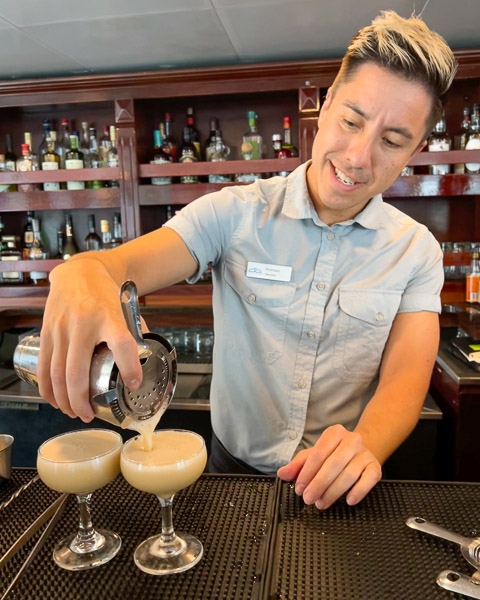
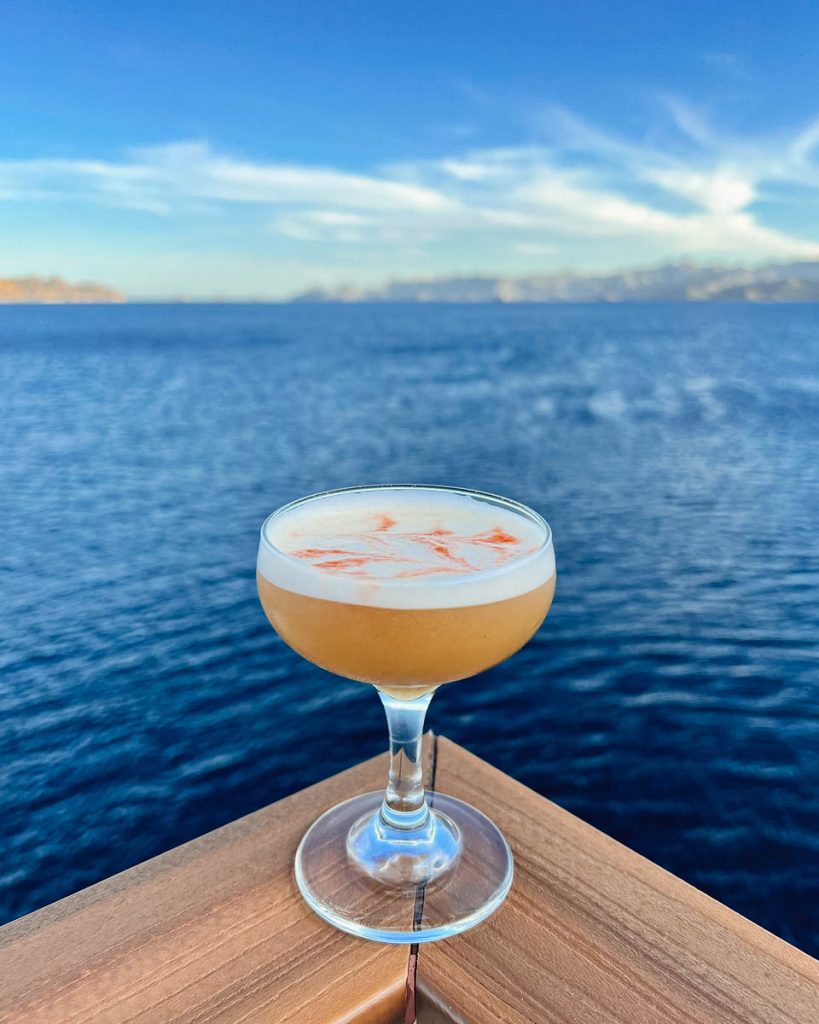
Cocktail of the day: An espresso martini with Mexican coffee worthy of a glamour shot from the deck.
It’s a small ship – so there are no restaurants to choose from, but there are always multiple dishes to choose from at every meal, including vegetarian, meat, and fish options.
Dinner tip: If you’re like me and want to try everything, you can order half and half! I usually had half fish and half vegetarian for dinner, and it was always excellent. You can’t beat local Baja seafood and local, organic veg.
Vegan and gluten-free meals were available upon request, and from I heard from the vegans on board that it was some of the best food they’d had.
The dinner portions were the perfect size – I’d call them “European-sized,” meaning I could actually finish them without feeling like I’d done something wrong. That’s great for reducing food waste. (And you’re always free to have seconds, but with fresh bread as an appetizer, and excellent desserts, not many people needed to).

And as I mentioned in the sustainability section above, most of the seafood is caught by local fishermen, and most produce is purchased directly from an organic, family farm. (UnCruise sources local food for their trips in Baja California, as well as Hawaii, Costa Rica, Belize, and other tropical destinations where local produce is actually an option.)
What’s the dress code for UnCruise?
In a word, casual.
The whole UnCruise vibe is nothing like a swanky cruise with a black-tie dining room. On the Baja trip, lot of people dressed up ever so slightly (read: a clean shirt; maybe a casual dress) for the daily cocktail hour and dinner. But just as many looked like they were going on a hike 24/7. And it felt like either option was just fine.
Personally, I enjoyed washing off the salt and putting on one of my casual, packable travel dresses for dinner, but there was no pressure.
[Related: Before your next trip – any kind of trip! – check out my full guide to packing lighter. I bet there are some points you haven’t heard yet!]
Should you do the pre-trip extension?
It feels a bit strange that the pre-trip package UnCruise currently offers is at an all-inclusive beach resort – the Barceló Gran Faro Hotel. Yes, UnCruise trips are also all-inclusive, but the Barceló is a very different vibe. There are entertainers running bingo games, and DJs doing sets while you sit in your lounge chair by the pool.
It’s nice, don’t get me wrong, but it feels very commercial, and if you’re going on an UnCruise, that might not be what you’re expecting.
I asked Dan about this, and he said they switched from a small hotel in town (Casa Natalia) to a resort because the feedback from guests was that they just wanted to be on the beach. Understandable.
Logistics Note: The Barceló resort is the meet-up location for the UnCruise departure by bus toward La Paz, where you’ll board the ship. So while staying at the Gran Faro Resort isn’t necessary, it does simplify things – especially if you’ll be arriving late the night before the ship departs. And you can always spend the day in town (San Jose del Cabo is definitely worth a visit!) or just step off the resort property and enjoy the beach.
You can book it through UnCruise, but it costs significantly less if you just use Booking.com.
(I’ll share more about the Gran Faro in another post soon, along with some alternatives for any UnCruise pre- or post-trip nights you might be planning.)
[ Related: See my guide to finding more sustainable hotels anywhere you travel.]
The Activity Level & The Vibe
I’m in my thirties, and I was definitely among the youngest passengers on my Baja UnCruise. But as for the others, all I can say is damn. They’re an active breed that gave me hope for how much fun it’s possible to have if you can stay active throughout life.
That being said, UnCruise trips are designed to be as active as you want them to be.
You could spend every day hiking in the morning and kayaking/snorkeling/somehow playing in the water in the afternoon, for example. You don’t have to – you can hang out in the lounge or sun deck whenever you want, and most activities have accommodations for different levels of mobility. While most people did two activities a day, others took it a lot easier.
That also makes UnCruise great for multigenerational travel, or a friend group with mixed interests. I took this trip with a close friend, and it ended up being a perfect ladies’ trip.
Want to go to Mexico with your hot best friend and enjoy every meal, private conversation, and awesome hike without getting hit on? UnCruise has got your back.
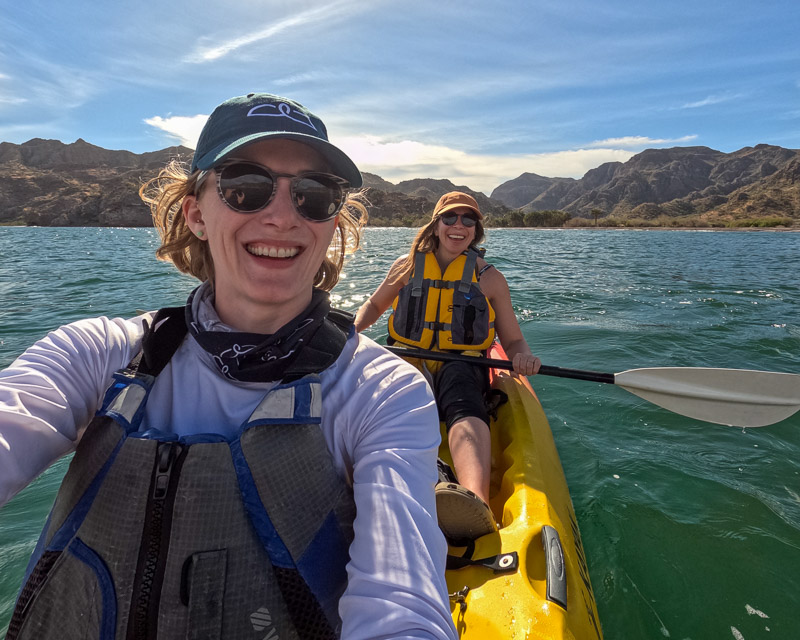
UnCruise Cost & What It Covers
Of course, the reason the average age on UnCruise skews toward 50+ is that these are not cheap trips. The minimum cost for a cabin on UnCruise in Baja was $5,595 for the 2023 season, plus port fees and taxes (roughly $500 more), plus tipping the crew. (Who is so fantastic you couldn’t possibly want to stiff them at the end. The recommended tip is $35 per traveler, per day.)
And remember, you can save $500 per person on an UnCruise with my discount code, TILTED500 . (See the end of this article, or my Travel Resources page, for more info!)
(Side note: Then how was I there, as a millennial with no trust fund? UnCruise hosted me on this trip because we’re very aligned on our values of sustainability and ethics in travel. Not only was this literally an experience I’ll treasure forever, but it’s heartening to find travel companies that put alignment on sustainability above audience size in choosing which bloggers and travel writers to work with.)
Beyond that, UnCruise trips are all-inclusive.
You don’t pay extra for food and drinks (fresh and unlimited, including alcohol), or for shore excursions, equipment rentals, transfers to and from the ship, baggage handling, or anything else that most cruises charge for.
And, unlike on a large-ship cruises, there’s rarely any place for you to spend any money even if you wanted to. Mega cruise ships are full of slot machines, boutiques, arcades, art auctions with questionable ethics, and all the trappings of a capitalist vacation. They even drop you off at ports with maps of the “approved” shops you should visit, including diamond stores owned in part by the cruise lines.
UnCruise encourages you to forget all that. You don’t have to think about money, social media (no cell service! no Wi-Fi!), restaurant reservations, or making plans for the entire time you’re on vacation.
Read that again. When was the last time you got to forget about all of those things, relax, and have everything taken care of for you?
So while there might be some sticker shock when you look at the price for an UnCruise, after this trip, I honestly believe it’s worth every penny.
(Note: Those anecdotes about cruise ships’ sleazy art auctions and diamond schlepping are from an excellent book on sustainability in the travel industry called Overbooked.
It has an entire chapter on the cruise industry, and it’s an excellent read. I highly recommend it if you want to better understand what to look for in more sustainable travel options. And if that is of interest to you, then I also highly recommend you get on my email list! 😉 After all, that’s what Tilted Map is all about.)
When’s the best time to go?
UnCruise offers their Sea of Cortez trip from late January through late April. (You can see all dates through 2025 here.)
I took the cruise in early February, and the weather was gorgeous. Warm, but definitely not too hot. (I was glad I packed pants and a heavy sweater for the cool evenings. Take a look at my full Baja packing list to avoid the mistakes I made.) But Baja in February also meant the water was colder than I expected, even with a wet suit.
Since UnCruise trips are so flexible with daily activities, here’s my advice: If you’re more into spending time in the water, and you want that hot desert vacation feeling, go later in UnCruise’s Baja season. If you’re all about the gorgeous desert hikes, aim for earlier in the season, when the temperatures on land won’t be so oven-like.
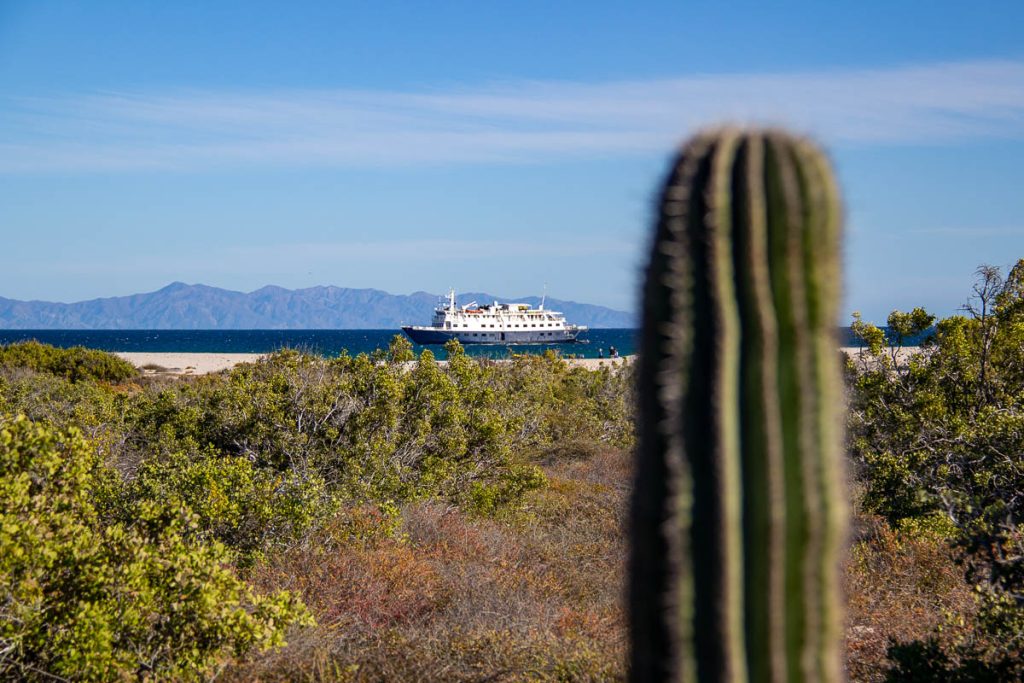
So was it worth it? (Thoughts from an Independent Traveler)
Frankly, I’m usually a pretty independent traveler, and I didn’t expect to love this trip as much as I did. I’ve backpacked around dozens of countries by myself. I moved to China solo, and did Europe solo on crutches. Why would I want someone else planning every move of a trip for me?
But in the end, I realized it wasn’t just the “convenience” that made this trip so special. It was the connection forged by experiencing this famously unique environment in a way that made it feel like my own little secret.
After a week on the Safari Voyager and another week traveling around Baja California Sur on my own, dipping my toes in both the Sea of Cortez and Pacific Ocean, I realized that UnCruise isn’t just an alternative to normal cruises. It’s an alternative to all the parts of travel that, if I’m being honest, I don’t really like. The negotiating. The constant searching for things. The feeling like a tourist, always cautiously avoiding being sold into a trap.
With all that gone, it just felt like it was me and the desert. The sea lions. The iconic cacti, and the unforgettable sunrises. It was more than I expected from any kind of cruise, and left me feeling more connected to the beautiful Baja California Sur than I’ve felt to many other places stamped in my passport.

Before you go:
Pack right for your Baja trip! Here are the 17 essential items I packed (and wished I’d packed), plus my full strategy for packing light on any kind of trip.
If you’re considering an UnCruise (or any kind of cruise) after reading this review, Insure My Trip offers cruise-specific travel insurance policies. They’re the first provider I recommend, after a recent lesson in why travel insurance really is a good idea. (Spoiler: I got hit by a truck in France.)
For more about Insure My Trip and all the other travel companies I use and recommend, see my Travel Resources List.
And remember, if you’re thinking of booking an UnCruise, you can use the code TILTED500 to save $500 per person on your trip! (It works whether you book online, over the phone, or by email. The destination you can’t use it for is the Galapagos. If you have any issues, someone else is probably having the same, so please get in touch to let me know so I can fix it!)
Finally, this article about cruise ships will show you exactly why I’m so impressed with UnCruise’s sustainability efforts!
Questions? Leave them below in the comments, and I’ll do my best answer!

A huge thank you to UnCruise for hosting me on this extremely memorable Baja adventure! I can’t wait to travel with them again. As usual, all stories, opinions, photos, and anecdotes are my own.

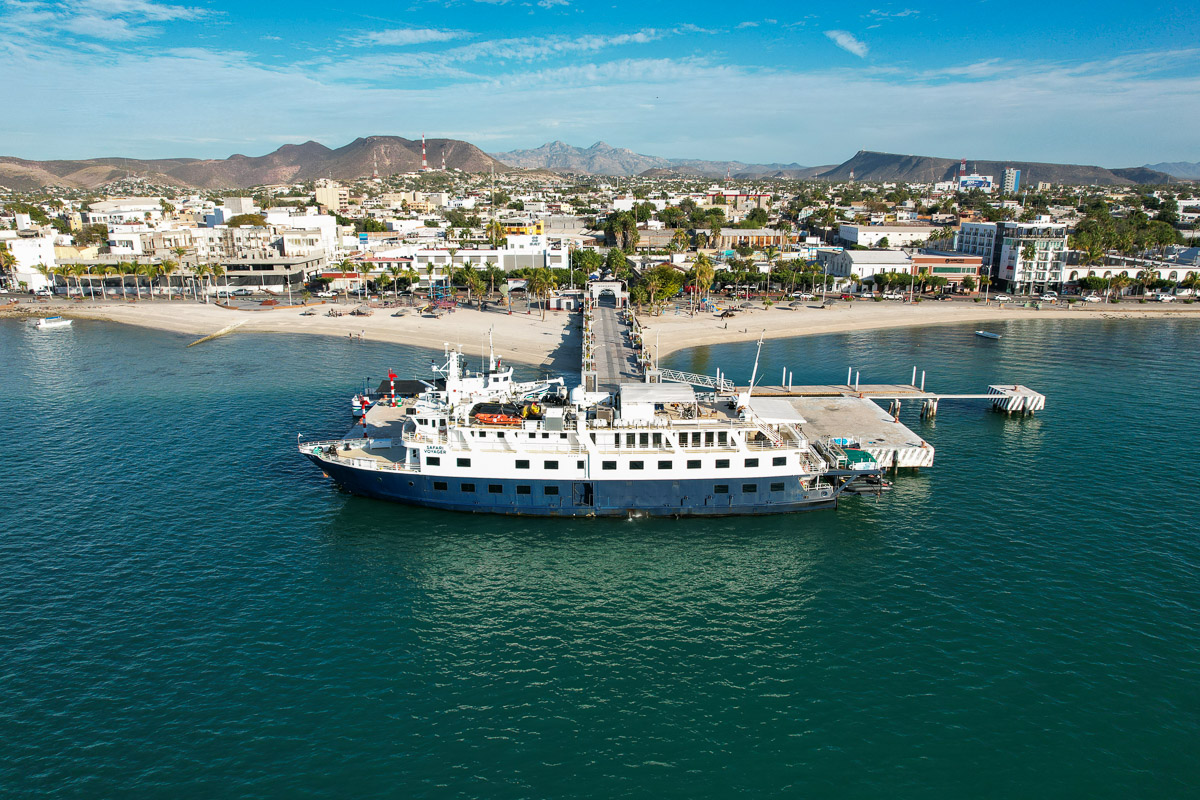

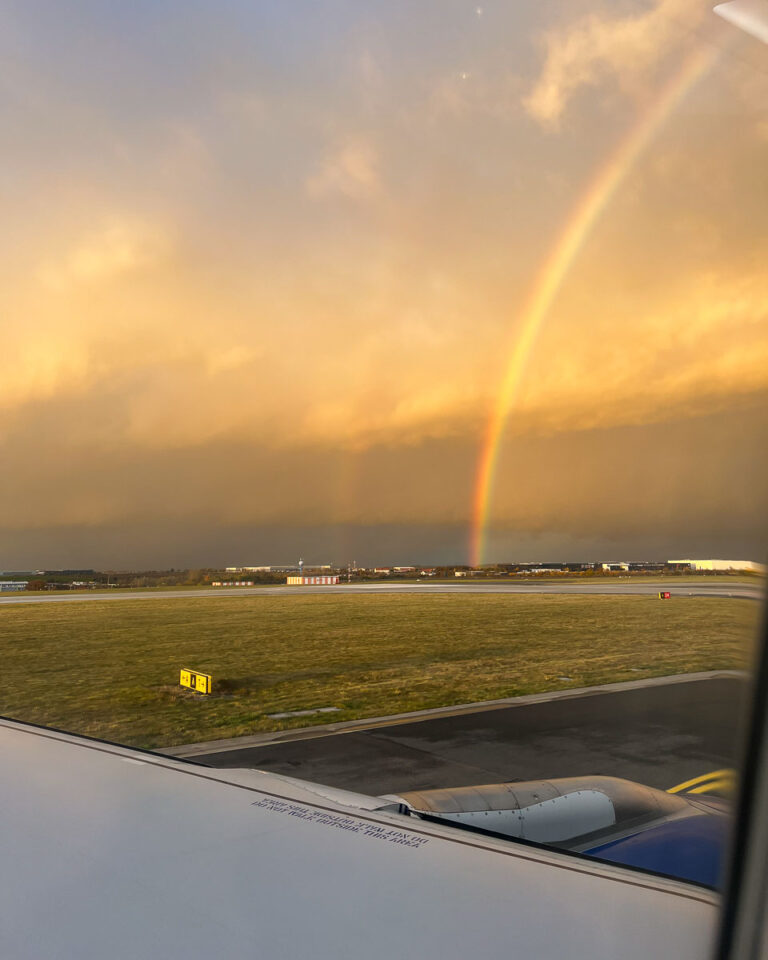
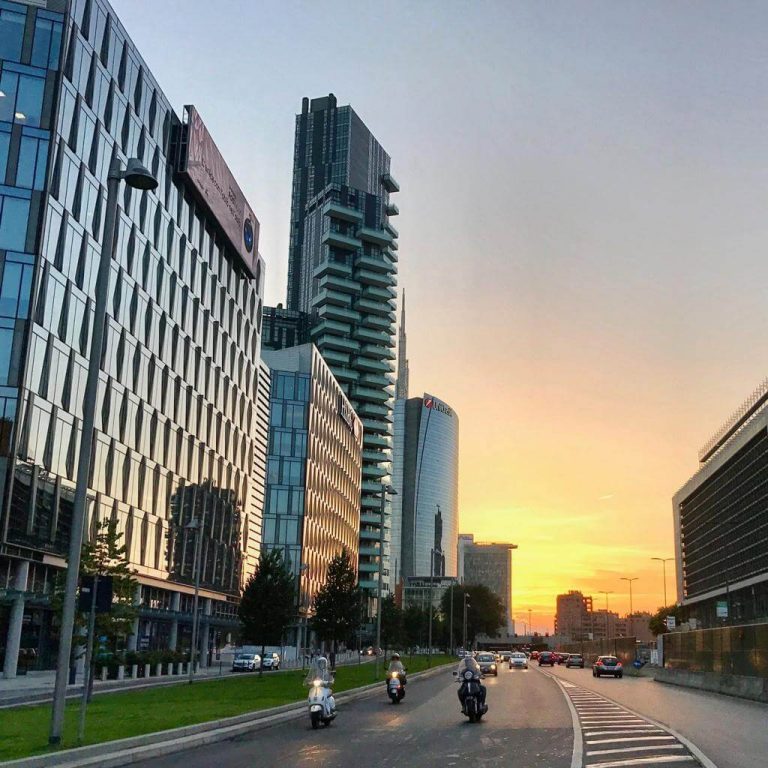
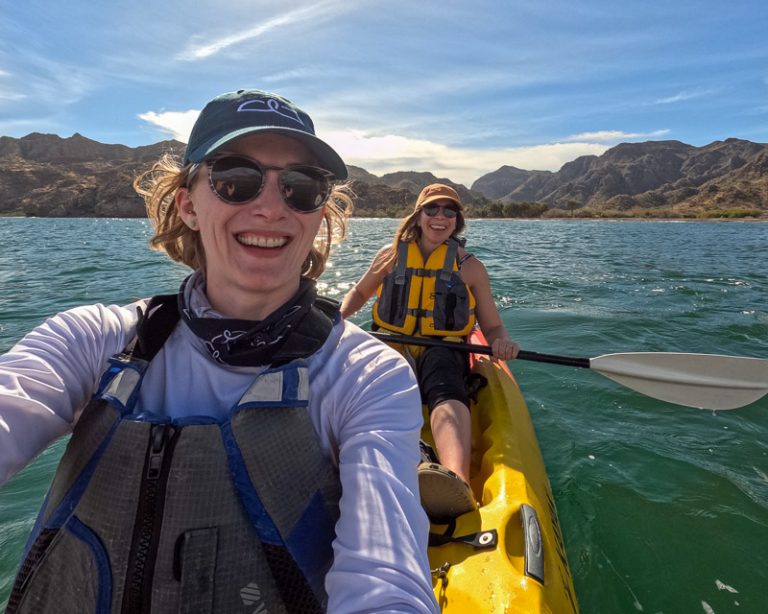
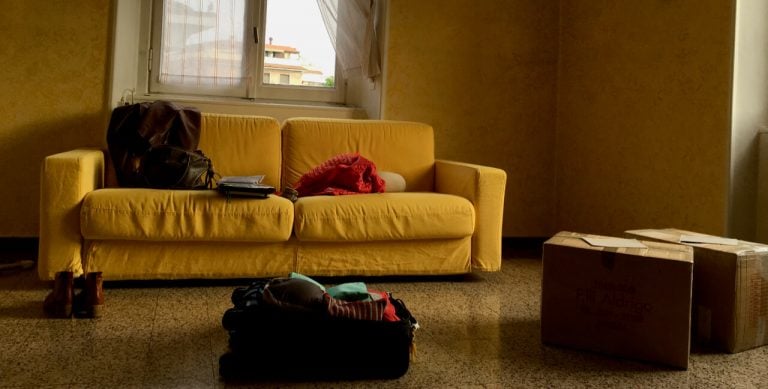

Great write up Ketti. You didn’t mention the open bridge and whatever did you contribute to’open mike’ night?
Thanks, Dick! You’re right, I did forget to mention the open bridge! It was pretty cool though, but I guess as a non-engineer it just didn’t make as much of an impression on me as it does on some. 😂 And they didn’t do an open mic on our trip! I think maybe it’s been replaced by Jeopardy night (a quiz on all the trivia we’d learned about Baja) which I probably got way too into!
I have a question about the Baja cruise. I’m planning a family trip. My adult daughter has MCS, multiple chemical sensitivity. She is extremely sensitive to fragrance and to mold. It’s important for us to know what kind of laundry products you use. Are they unscented? Also, do you use air fresheners, sanded, plug-ins, scented cleaning products throughout the ship. Is it possible to arrange for our cabins to be scent free. Thank you for this information.
Marcia Isman
PS I tried to email you At the email address you listed and got an error message.
Hi Marcia,
That’s odd that you got an error message, I did receive your email! I don’t know the answer to your question, but I am in touch with the CEO of UnCruise, so I’ll reach out to him and get back to you when I hear something.
Best,
Ketti